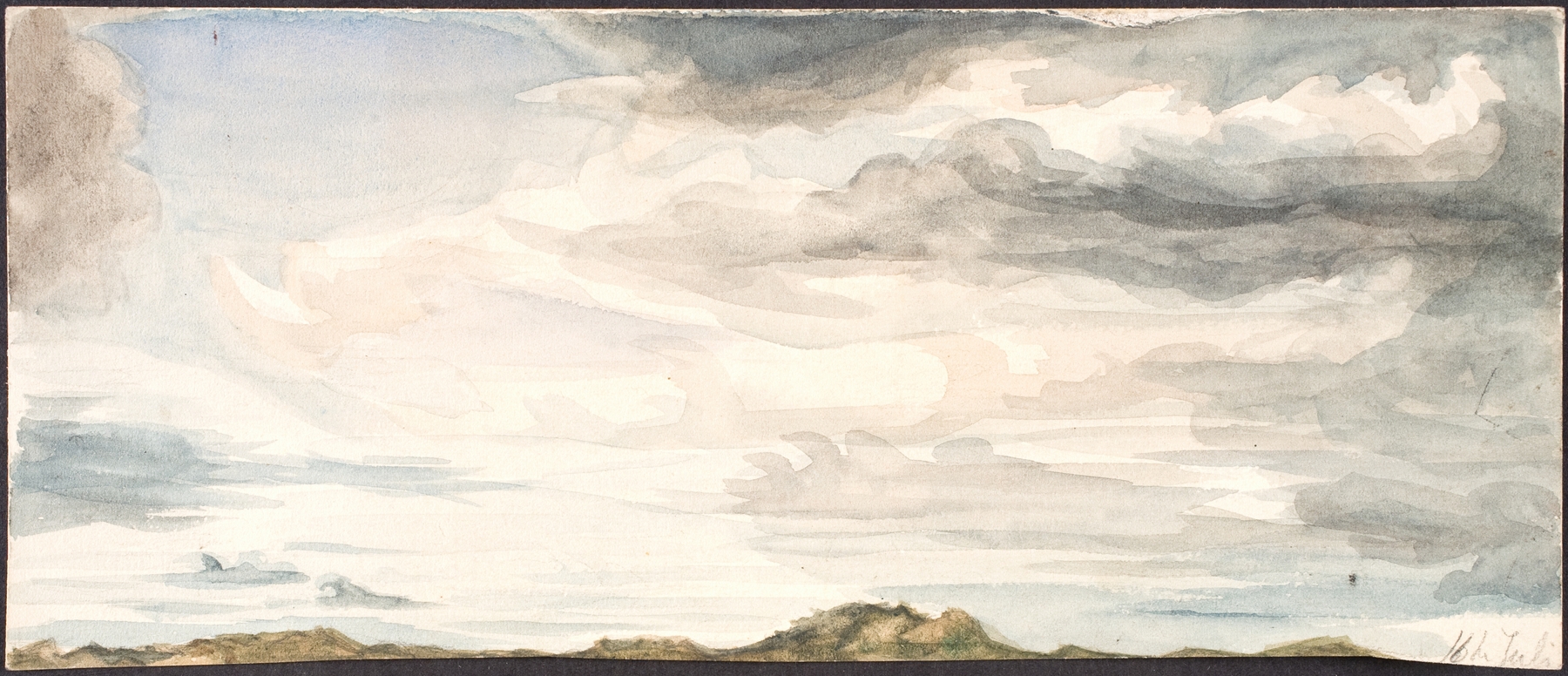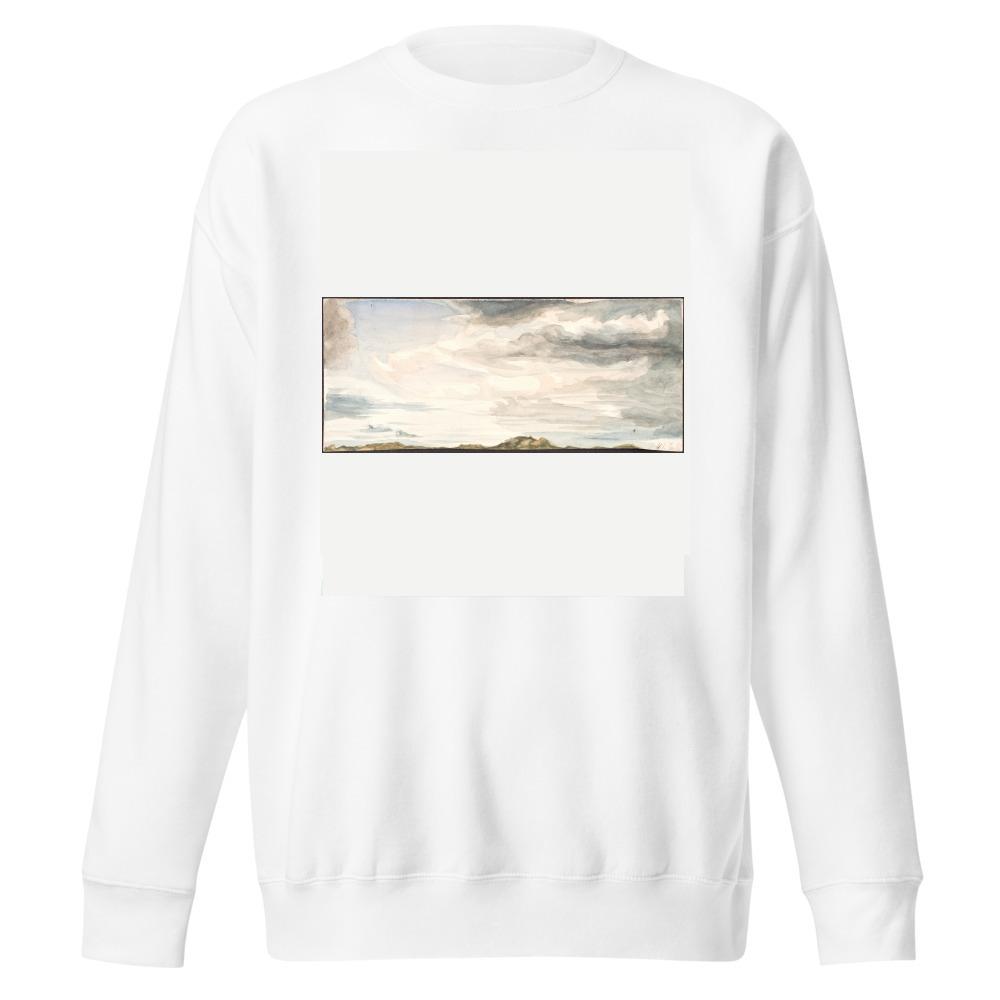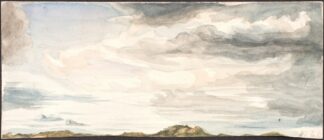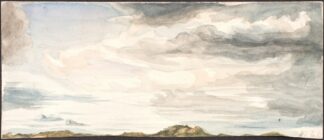Description
Himmelstudie by Agnes Slott-Møller printed on a Sweatshirt
About the Sweatshirt
Regular fit
Standard length, the fabric easily gives into movement
Comfortable
The fabric and fit of this item are extra comfy
Tear-away tag
Easily removable tear-away tag that allows you to add a custom inside label
This Unisex Premium Sweatshirt has a classic crew neck, flattering unisex fit, and soft 100% cotton exterior.
- 100% cotton face
- 65% cotton, 35% polyester
- Charcoal Heather is 55% cotton, 45% polyester
- Fabric weight: 8.5 oz./yd.² (288.2 g/m²)
- Tightly knit 3-end fleece
- Side-seamed construction
- Self-fabric patch on the back
- Double-needle stitched rib collar, cuffs, and hem
- Tear-away label
Agnes Slott-Møller (1862–1937)
Agnes Slott-Møller, née Rambusch, was a Danish Symbolist painter; influenced by the Pre-Raphaelites. She is known for works inspired by Danish history and folklore. Her husband was the painter Harald Slott-Møller.
Her father, Jacob Heinrich Victor Rambusch (1825–1886), was a navy officer who was eventually promoted to Commander. As a child, she was fascinated by the Illustreret Danmarkshistorie for Folket [da] by Adam Fabricius [da], with drawings by Lorenz Frølich. In 1878, she began taking lessons at the “Industrial Art School for Women [da]”. She graduated in 1885 and took additional lessons from P.S. Krøyer, followed by more with Harald Slott-Møller, whom she married in 1888 and embarked with on a tour of Italy.
In 1891, she and her husband helped their friend, Johan Rohde, establish the artists’ association known as “Den Frie Udstilling”. She had her first daughter in 1893. A second daughter, born in 1901, died in infancy. In 1894, she won a competition to provide decorative works at the Copenhagen City hall. Despite her fervent Danish nationalism, this would be her only official commission.
In 1904, following some disagreements at Den Frie Udstilling, she resumed her showings at the Charlottenborg Spring Exhibition. Two years later, she was awarded the Eckersberg Medal. In 1907, a feud with the Funen Painters, known as the “Bondemalerstriden [da]” (Peasant painter conflict) led to her and Harald’s increasing isolation from the contemporary art scene.
She also wrote articles and gave lectures on Danish medieval history and nationalistic subjects. In 1917, she published Nationale Værdier (National Values) and, in 1923, Folkevise Billeder (Folk Images). In 1932, she was awarded the Ingenio et arti medal.






Reviews
There are no reviews yet.